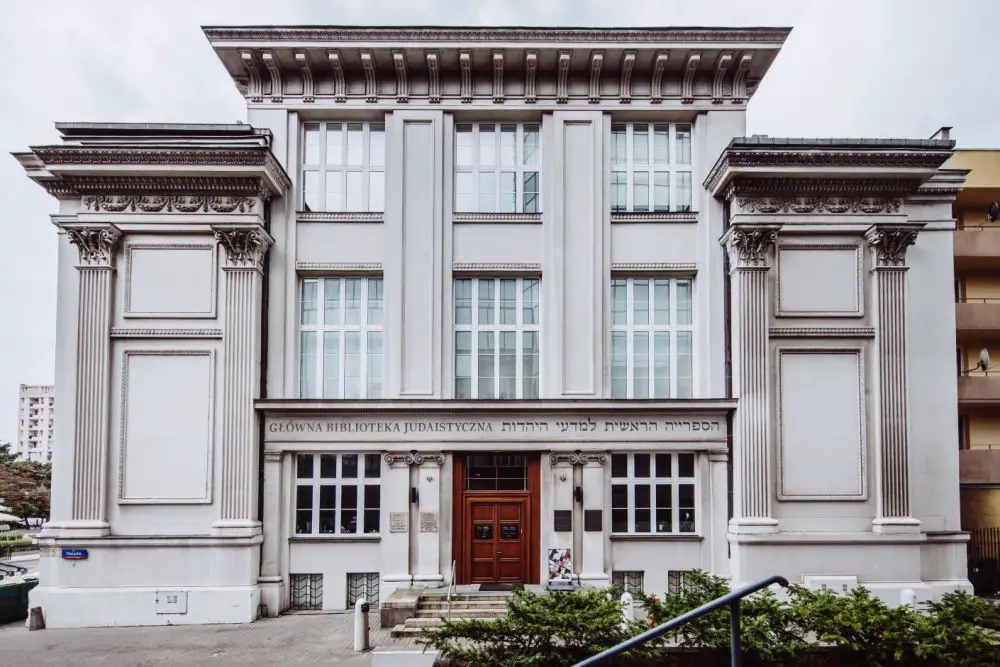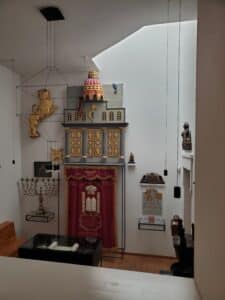The Jewish Historical Institute’s mission is to promote awareness of the thousand-year Jewish presence in Poland. They achieve this through exhibitions, artistic events, conferences, education programs, and publishing. The Institute serves as a repository of Jewish heritage, preserving collections like the Underground Archive of the Warsaw Ghetto. They also maintain Jewish cultural monuments, are developing a Judaic library, and publish works on Jewish history. Additionally, the Institute supports genealogical research, protects a large collection of Jewish art, engages in educational and cultural activities, and collaborates with other institutions. Their extensive research team conducts studies, particularly using the institute’s archives, and develops IT tools for improved resource accessibility.
The History and Significance of The Jewish Historical Institute
While a mikvah and a synagogue are the centerpieces of a Jewish community, right around the corner, a library inevitably awaits. In pre-WWII Warsaw, adjacent to the Grand Synagogue, stood the Main Judaic Library. In today’s Warsaw, the Grand Synagogue no longer stands, but the building that once housed the library does and carries on many of its original functions as the Jewish Historical Institute.
The pursuit of knowledge is highly valued by Jewish culture and aligns with many core Jewish values such as learning from everyone (known in Hebrew as “lomed m’kol adam”), connecting generations (l’dor vador), remembering the past (zachor), and repairing the world (tikkun olam).
Therefore, it is incredibly fitting that, within the location of the pre-war Main Judaic Library (Główna Biblioteka Judaistyczna), the Jewish Historical Institute houses exhibitions that fulfill each of these values and beyond. As stated by a Rabbi upon its construction, the temple of knowledge is integral to the temple of faith.
The Main Exhibition and Holding: The Underground Archive of the Warsaw Ghetto
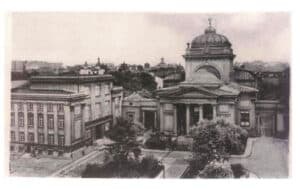
One of the main holdings at the Institute is the Underground Archive of the Warsaw Ghetto. This is also sometimes referred to as the Ringelblum Archive in honor of the man who assembled it, Dr. Emanuel Ringelblum. Born in 1900, Dr. Ringelblum wore many hats, but was primarily a historian dedicated to Jewish studies with a focus in Central and Eastern Europe. Bearing witness to the Nazi’s systematic destruction of Jewish lives during World War II, he realized the acute necessity of his work and redoubled his efforts, forming the highly secretive group “Oneg Shabbat” (Hebrew for “Joy of Shabbat”) with the goal of creating an archive of primary sources from the devastated Jewish community of Warsaw. Letters, diary entries, and other personal accounts were gathered, both creating a record to hold the aggressors accountable and perpetuating the memory of their selves, families, and nation. This was an ultimate form of resistance. Dr. Ringelblum and his peers hid these precious documents in metal containers in cellars around Warsaw to be unearthed several years later. The archives are now included on the UNESCO Memory of the World Register, fulfilling the life mission of these brave souls.
Upon entering the main exhibition based on the Ringleblum Archive, visitors are greeted with the words “What we’ve been unable to shout to the world” written in Yiddish, Polish, and English. The first room overviews the history of the two years during World War II in which Oneg Shabbat was active. The next room features a large wooden table, symbolizing the cohesion, unity, and significance of many of the core members of Oneg Shabbat. Under each name, two drawers contain information: The first about the member’s role in the group and the second documenting their fate. I went around the table, absorbing every detail about the members, acutely aware of the fact that each name represented an individual who had sacrificed without hesitation what infinitesimal security they had left to ensure the survival of the legacy of the Jewish victims of World War II. Among all members, only three survived the war, two of whom were a married couple who passed away decades later in Tel Aviv, Israel.

Entering the center room of the exhibition, a rusted milk jug is featured. This is one of the metal containers that once preserved a significant quantity of Dr. Ringelblum’s records.
The next room exhibited a wooden installation that displayed biographies of several Oneg Shabbat members. Compared to the descriptions on the table, these dove deeper into the life stories both within and outside of their involvement in Oneg Shabbat. Most strikingly, there was an original video captured stealthily from within the otherwise impenetrable walls of the Warsaw Ghetto. There were scenes containing violence towards inhabitants of the Ghetto, even children. Though I’m sure more disturbing scenes were not included and that the most alarming were not captured, to view the short film was nevertheless horrifying.
The next few rooms of the exhibition contained testaments and original documents. Though each account was unique, they shared a common theme: The desire to not be forgotten. Many individuals made sure to state their name, others included drawings of their children, but all called for justice with the grim acknowledgement that they would surely not survive to see it come to pass. My heart broke 6 million times over.
Art and “Small Synagogue” Exhibits
After exiting the Oneg Shabbat exhibit and ascending a flight of stairs, I found an exhibit displaying a temporary collection of art created by Jews around the world in memory of the Warsaw Ghetto Uprising, almost all of whom did not experience the Ghetto but felt a strong connection to their suffering brethren. The art styles varied wildly, but all managed to capture powerful emotions ranging from despair to rage to hope.
On the path to the exit, I stumbled across an exhibit named the Small Synagogue at Tłomackie Street. The Small Synagogue is designed to teach anyone interested about synagogues and how they work. Most of the objects on display are historical treasures from Polish and German synagogues that survived the Holocaust. Some of the objects date back to the 18th and early 19th centuries and many have been left with the damage inflicted on them during the Holocaust, bearing witness to the violence of that time. The exhibition also offers workshops for children and teenagers, as well as lectures for students provided by the Education Department, covering fundamental concepts of Judaism and the principles of Jewish ceremonies and festivals. Learning resources, including audio recordings of Torah fragments, an interactive app for exploring the synagogue, and educational sheets describing synagogue equipment and functioning are available.
The Significance of the Jewish Historical Institute Exhibits
As the great granddaughter of Holocaust survivors, I was raised to appreciate the gift of life. Our existence is incredibly fragile, yet even one soul can change the course of history and ignite change even in the darkest moments. Emanuel Ringelblum and every member of Oneg Shabbat fought against the injustice they witnessed with the power of records and the written word, written by individuals — each of whom fought so that future generations could live in peace and that the past would never be forgotten. What will you do?
You Might Also Like
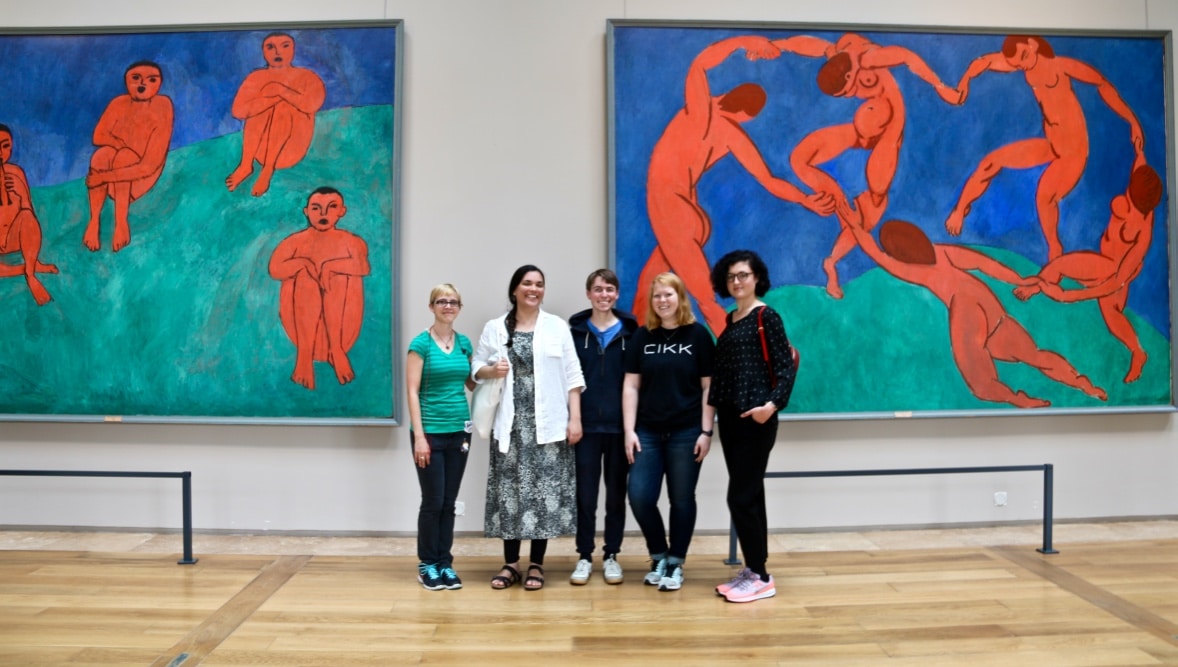
Museums as Self-Care
In 2018, doctors in Montreal began prescribing visits to the Montreal Museum of Fine Arts (MMFA) for patients experiencing depression, anxiety, and other health issues. This innovative approach to mental health treatment was launched under the initiative of the MMFA in collaboration with Médecins francophones du Canada (MFdC). The program allows physicians to provide patients […]
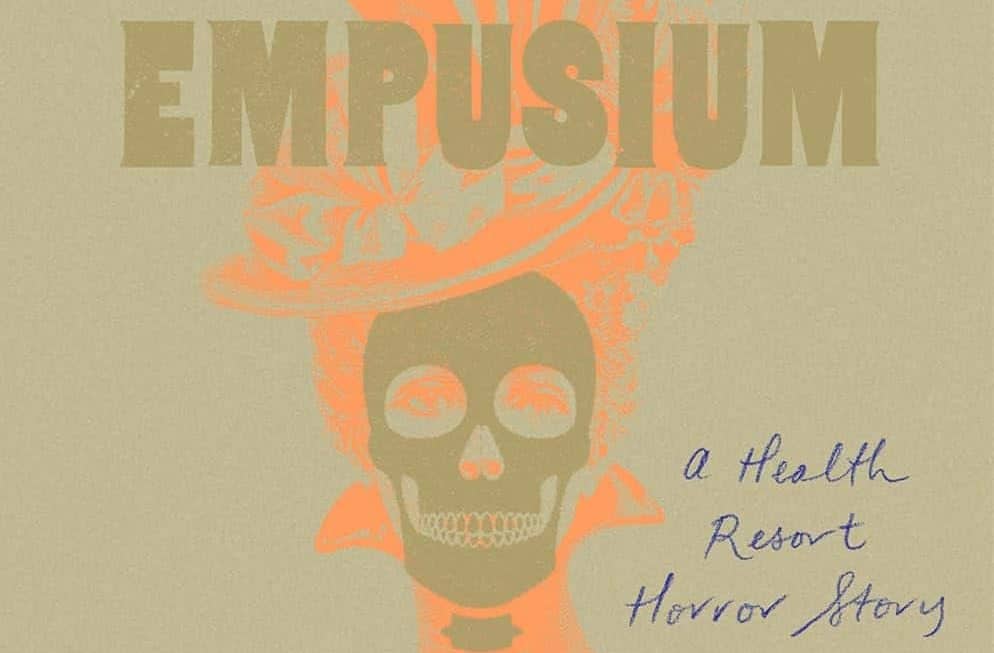
Book Review of The Empusium: A Health Resort Horror Story
The Empusium: A Health Resort Horror Story by Olga Tokarczuk, translated from Polish by Antonia Lloyd-Jones is an expertly woven folk horror story that grapples with the explosion of philosophies that overtook Europe at the turn of the last century as well as questions of gender and the ways in which we interpret the world […]
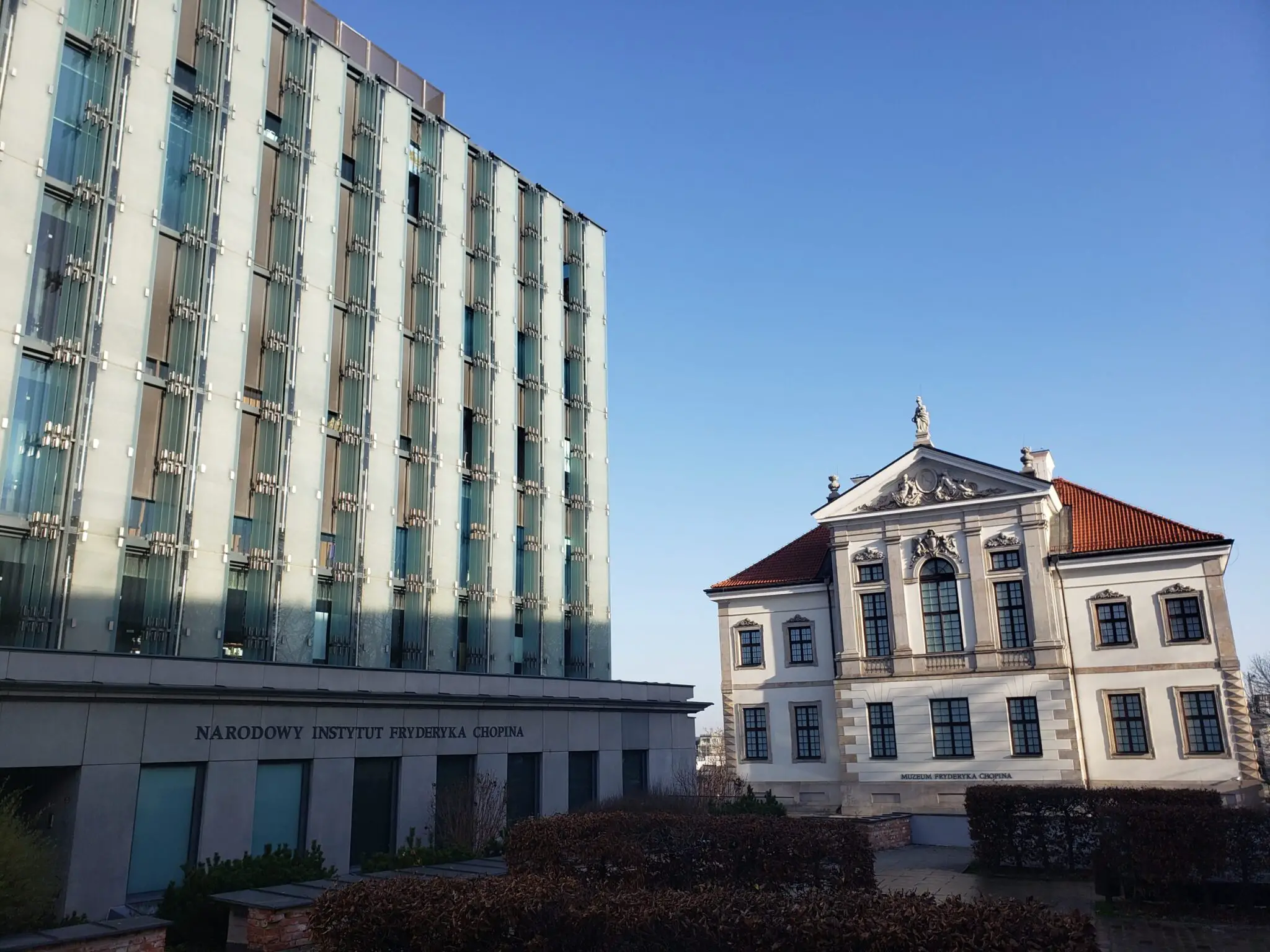
Chopin Museum and Rememberance, Warsaw
In Warsaw, large, elegant, and beautiful willow trees grace many of the parks within the city. These are the same willow trees that inspired many of the outstanding musical pieces of prodigy composer and native Pole, Frédéric Chopin. Signs of Chopin’s legacy, like the willows that inspired him, can also be seen across the city. […]
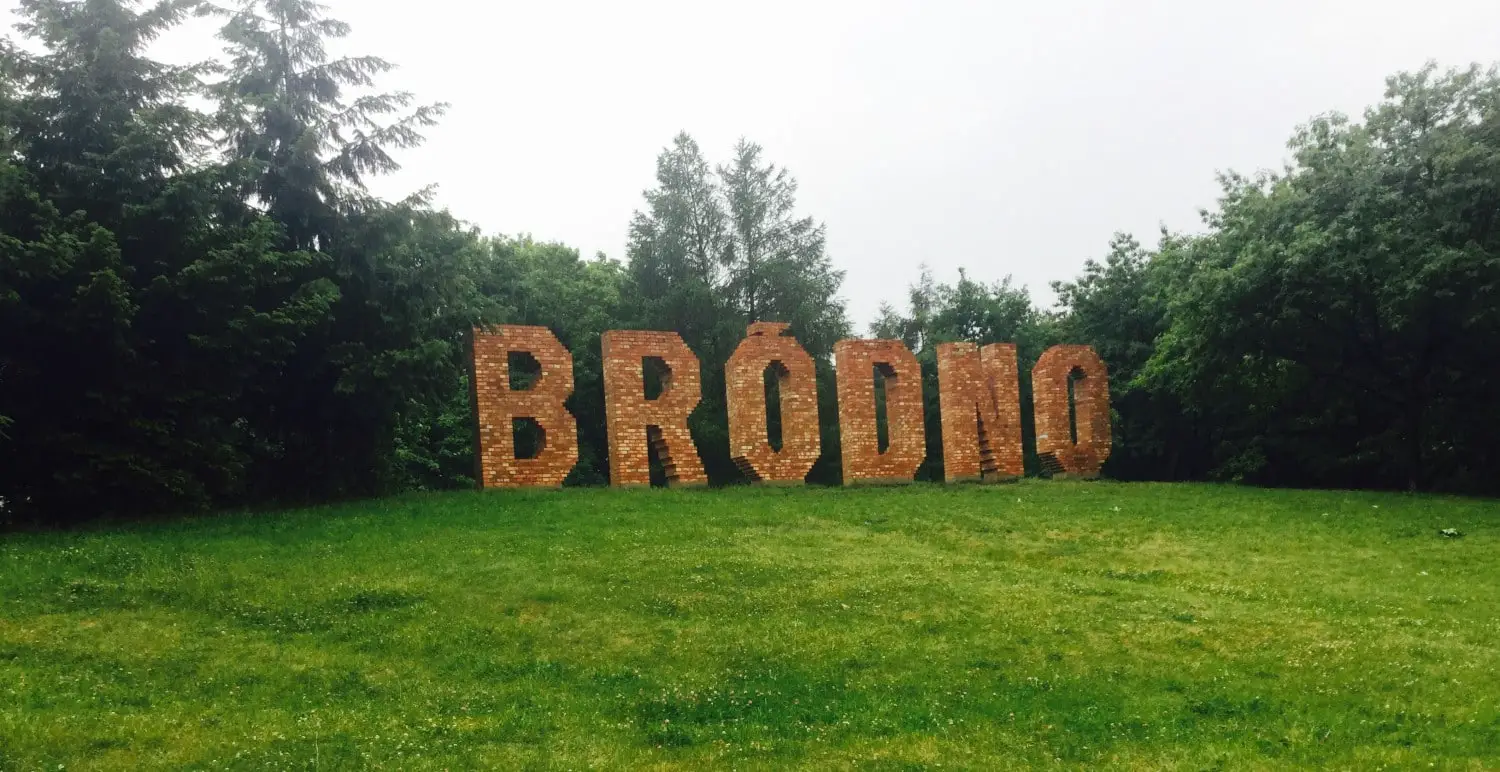
History and Art in Warsaw’s Bródno District
Most foreigners in Warsaw tend to the stick to the center of the city and Old Town, with some maybe venturing as far as the Praga district. Being that these areas are mostly discovered and easy to tour — along with being packed with tourists and locals — I decided to start taking trams to […]

The POLIN Museum of the History of Polish Jews
The POLIN Museum of the History of Polish Jews, located in Warsaw, Poland, is a renowned cultural institution dedicated to preserving and presenting the 1,000-year history of Jewish presence in Poland and to promote tolerance, understanding, and mutual respect. It serves as a space for learning, reflection, and dialogue, exploring the rich cultural and religious […]


